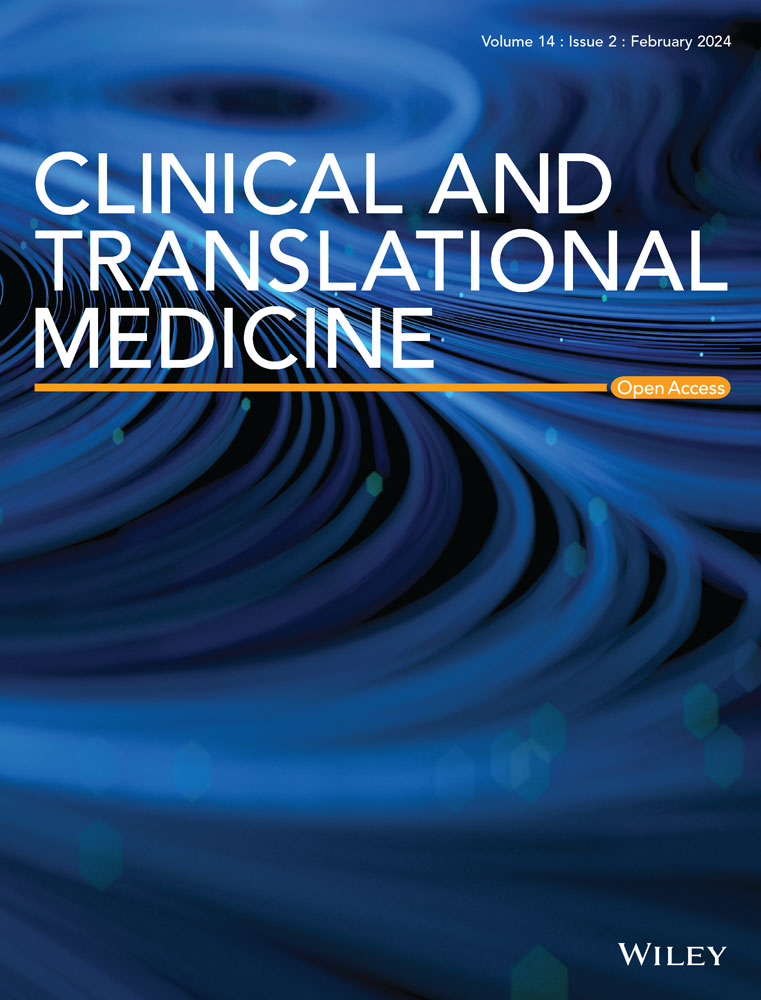HSPG2 could promote normal haematopoiesis in acute myeloid leukaemia patients after complete remission by repairing bone marrow endothelial progenitor cells
Abstract
Background
Even after achieving complete remission (CR), many acute myeloid leukaemia (AML) patients suffer from poor haematopoietic recovery after chemotherapy. Previous studies have shown that the damage of bone marrow endothelial progenitor cell (BM EPC) hinders haematopoietic recovery after chemotherapy in mice. Therefore, elucidation of the mechanism and repair strategy of chemotherapy-induced BM EPC damage is urgent needed.
Methods
The prospective case–control study enrolled 40 AML patients after CR (CR patients), who received idarubicin and cytarabine (IA) regimen (n = 20), or homoharringtonine, aclarubicin and cytarabine (HAA) regimen (n = 20) as induction chemotherapy, and their age-matched healthy controls (HCs, n = 20). The HSPG2 expression level in BM EPCs and BM plasma were determined via flow cytometry and enzyme-linked immunosorbent assays. The BM EPC's functions were evaluated by apoptosis, reactive oxygen species (ROS) level, migration and tube formation assays. The haematopoiesis-supporting ability and leukaemia cell-supporting ability of BM EPCs were assessed through coculture assay. Moreover, RNA sequencing and qPCR were performed to further explore the underlying mechanism.
Results
HSPG2 levels decreased in both the BM plasma and BM EPCs of CR patients after IA and HAA induction chemotherapy. Moreover, the BM EPC's functions of CR patients were reduced. In vitro experiments demonstrated that the HSPG2 gene knockdown or cytosine arabinoside treatment led to BM EPC dysfunction, whereas the HSPG2 treatment promoted repair of the BM EPC function in vitro. In addition, we found that the HSPG2 treatment restored the BM EPC function from CR patients without affecting their leukaemia cell-supporting ability. Mechanistically, BM EPC functions and haematopoietic regulation-related genes were significantly decreased after the HSPG2 gene knockdown.
Conclusion
Our findings demonstrate a significant role of HSPG2 in BM EPC functions. This discovery uncovers that HSPG2 is a potential therapeutic target for promoting the BM EPC function of AML-CR patients after chemotherapy.
Highlights
-
The HSPG2 level in the BM EPCs of AML-CR patients was decreased, which was related to the reduced BM EPC function.
-
HSPG2 knockdown or Ara-C intervention reduced the HSPG2 level and led to BM EPC dysfunction, which could be restored by HSPG2 treatment in vitro.
-
HSPG2 treatment restored the BM EPC function of AML-CR patients without affecting their leukaemia cell-supporting ability.


 求助内容:
求助内容: 应助结果提醒方式:
应助结果提醒方式:


